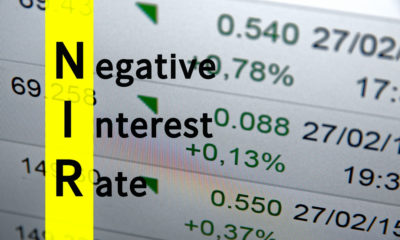bank
Negative Rate and Level Rate: An Equilibrium

In testing the boundaries of monetary policy, the central banks’ debate lead to focus on the ultra-low level of interest rates. However, in the length of time, investors have entertained the idea that negative rates are important too.
To define the two, A negative rate means the central bank and perhaps private banks will charge negative interest: instead of receiving money on deposits, depositors must pay regularly to keep their money with the bank. Whereas, the level of rates is the rate without the application of the interest rates.
Central banks are increasingly using negative rates to boost growth and raise the level of inflation. At present, it is really only commercial banks that are being charged negative interest rates but there is a possibility, if things get worse, that they will affect members of the public as well.
The idea is that negative interest rates provide banks with an incentive to lend money rather than to hoard it. The same would apply to members of the public, who would be encouraged to spend rather than save.
Negative Interest Rates: What Does This Mean For You? –> https://t.co/xcK5CR98EK pic.twitter.com/SxkaWCbc1p
— The Capitalist (@Capitalist_Site) April 28, 2016
The step onto the option of nominal interest rates is also like stepping into the unknown. It is having some potentially serious consequences for the financial system like hoarding of the actual cash. The good thing is that it did not happen. However, the bad news is that also has some unusual anomalies like the Danish homeowners being paid interest on their mortgages. Despite these things, banks still have concerns that negative rates will affect badly the profitability. What could happen more? The not-so-good reaction to the Bank of Japan with its decision to take negative has caused to take caution among central bankers.







